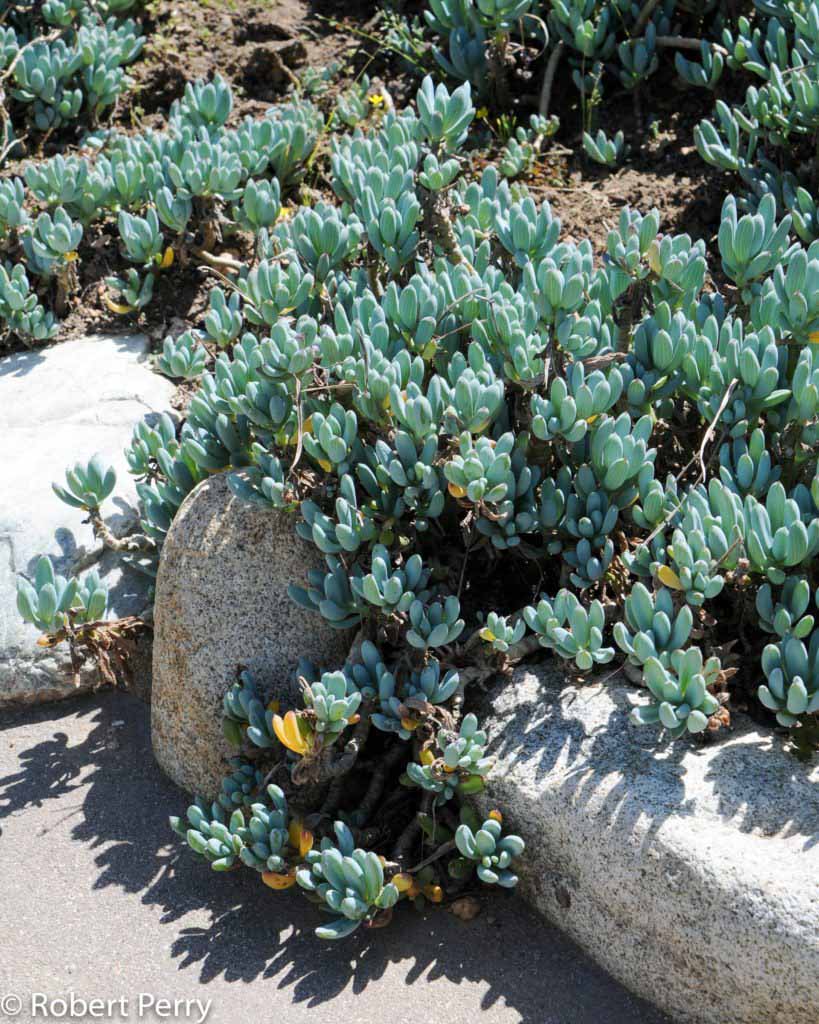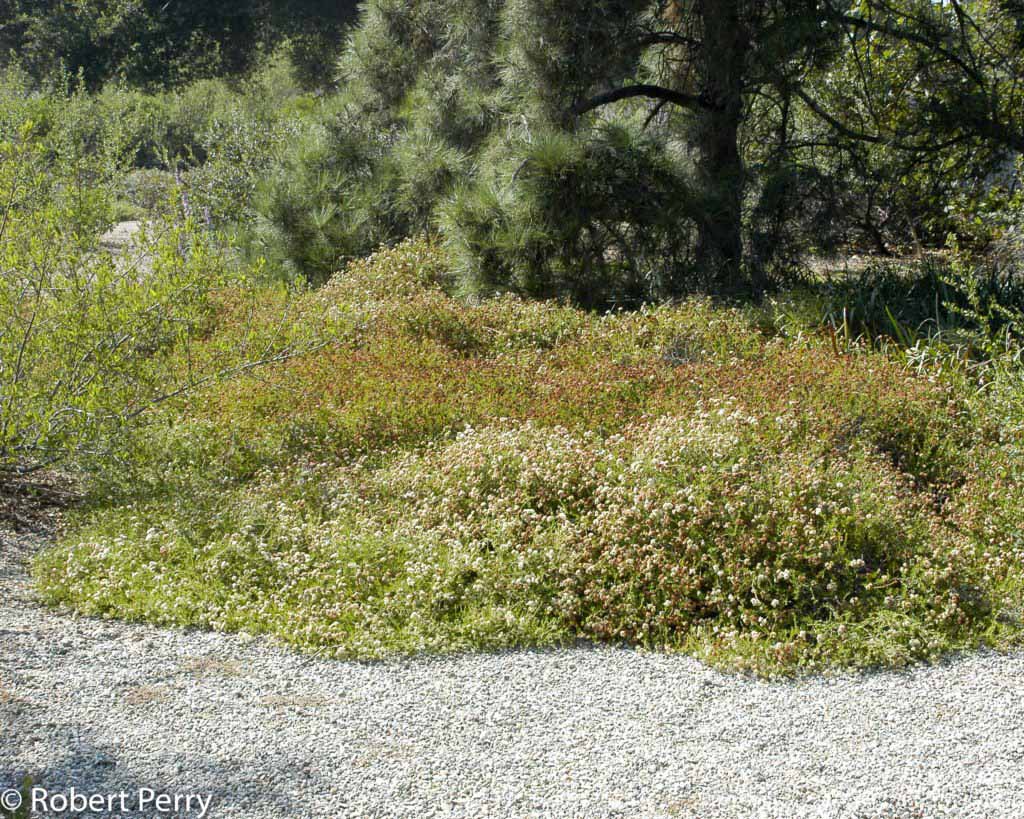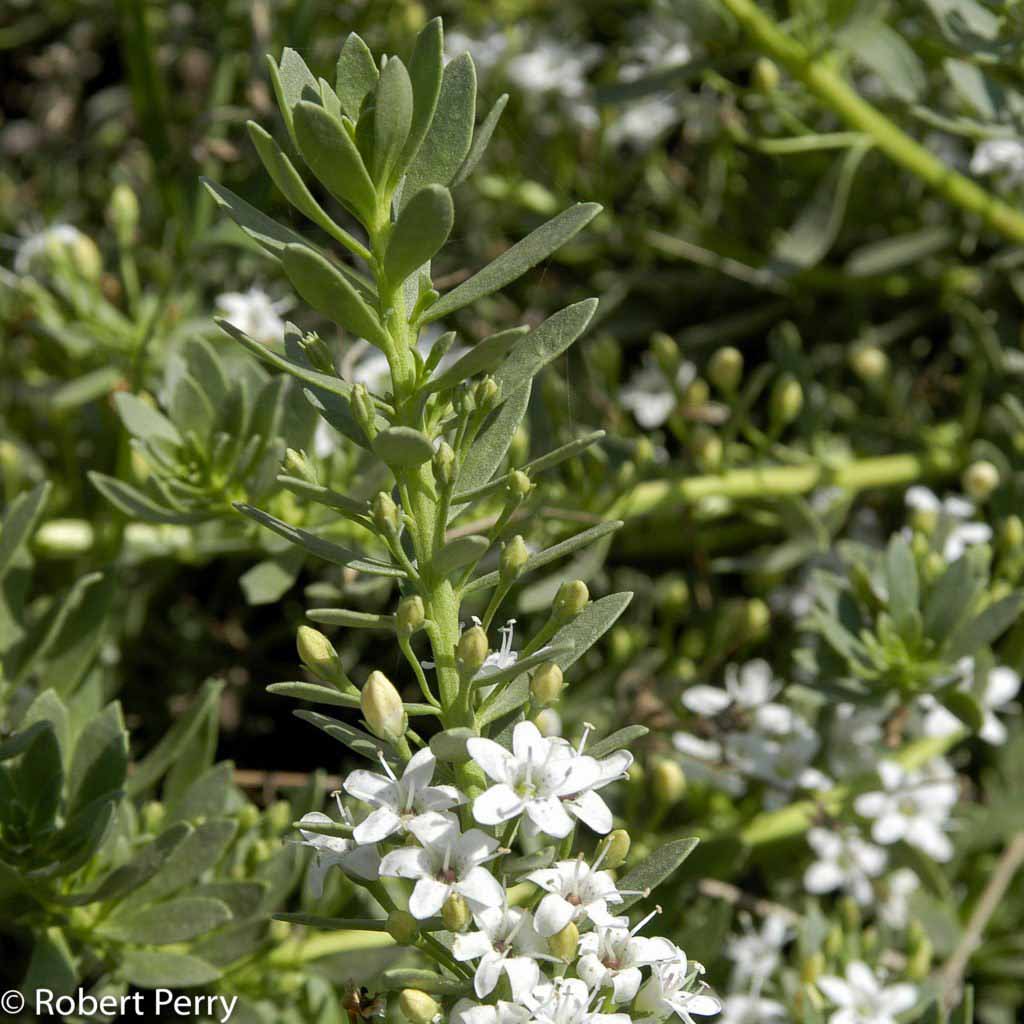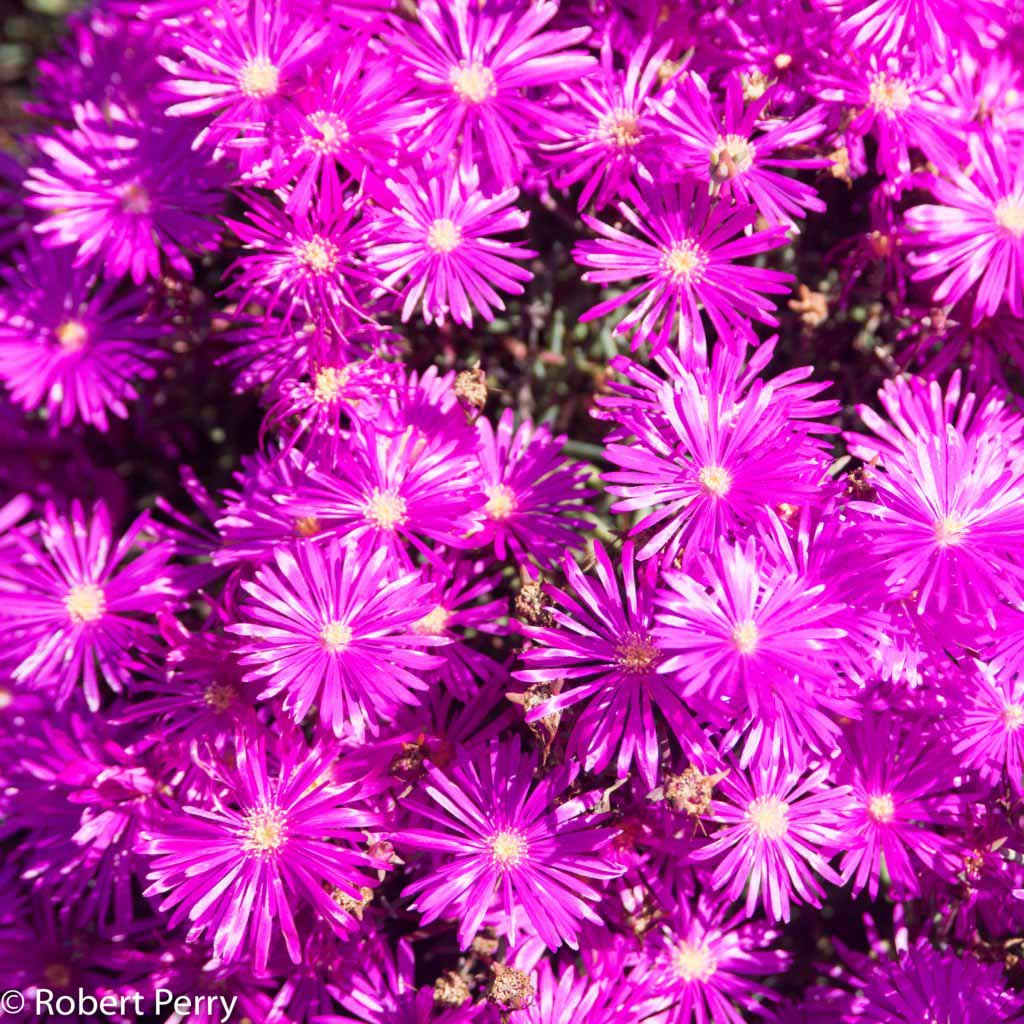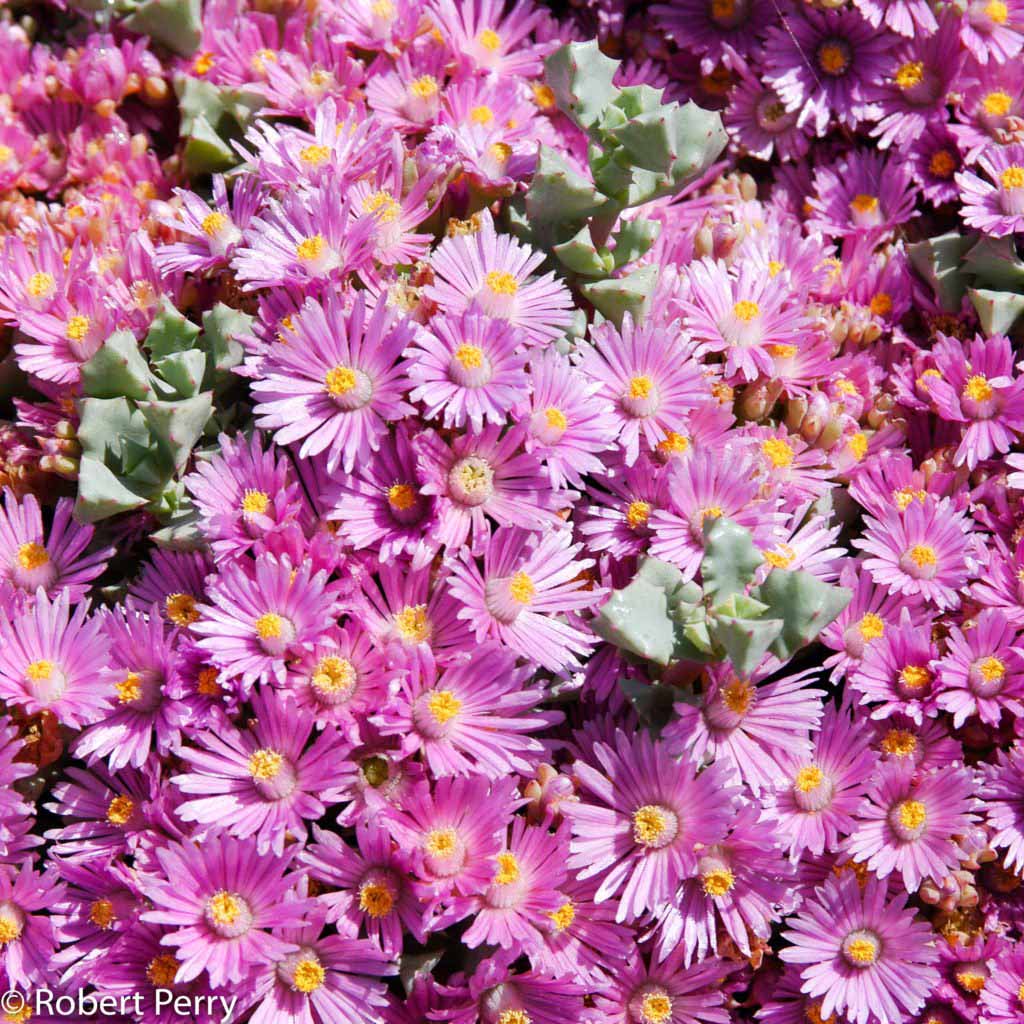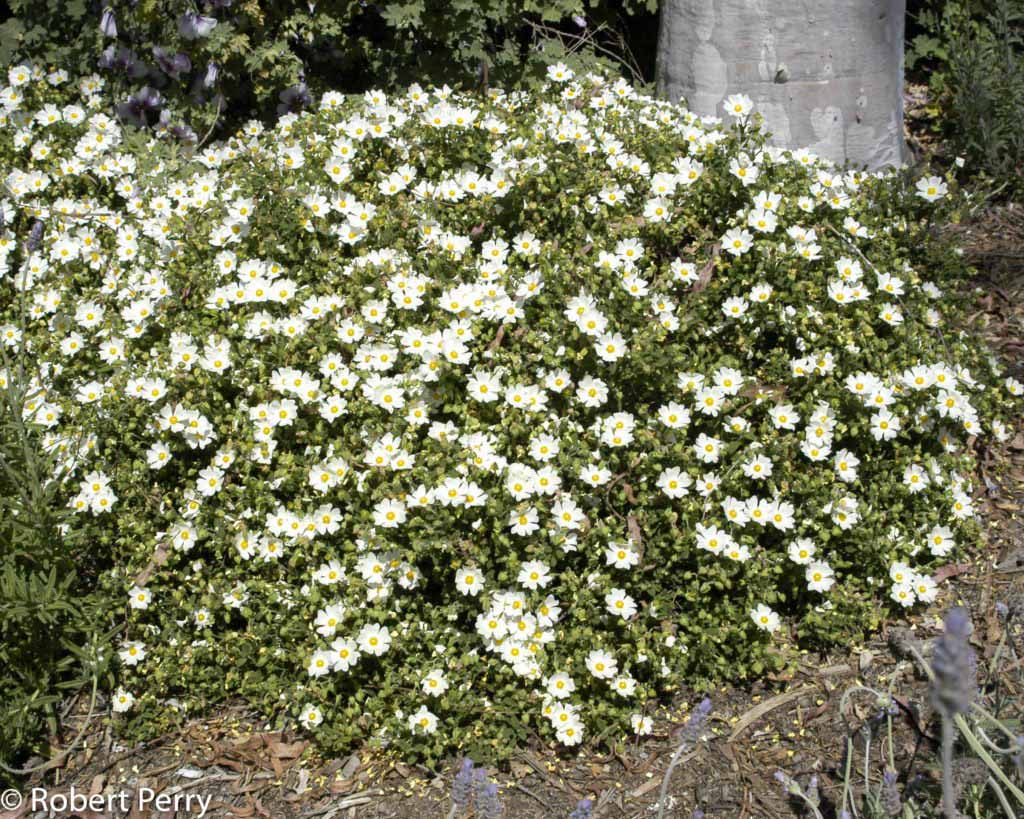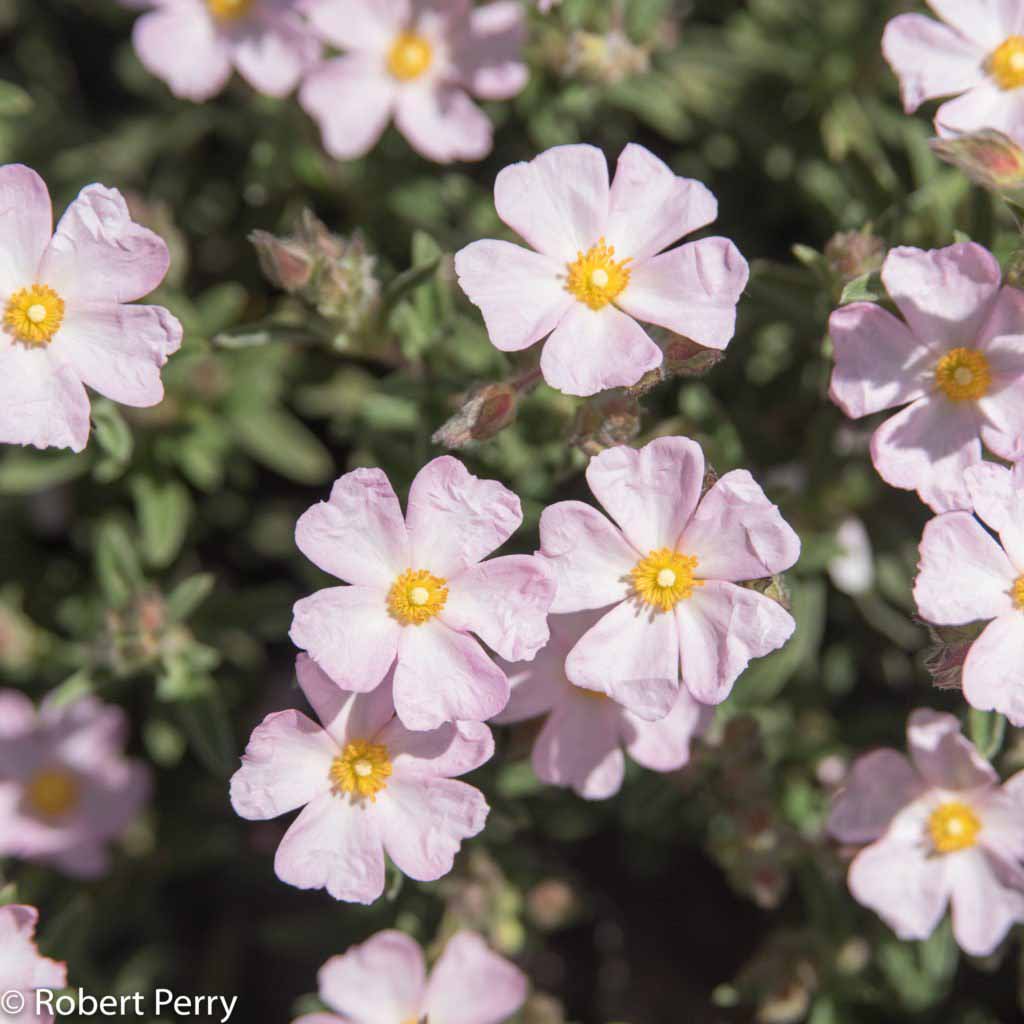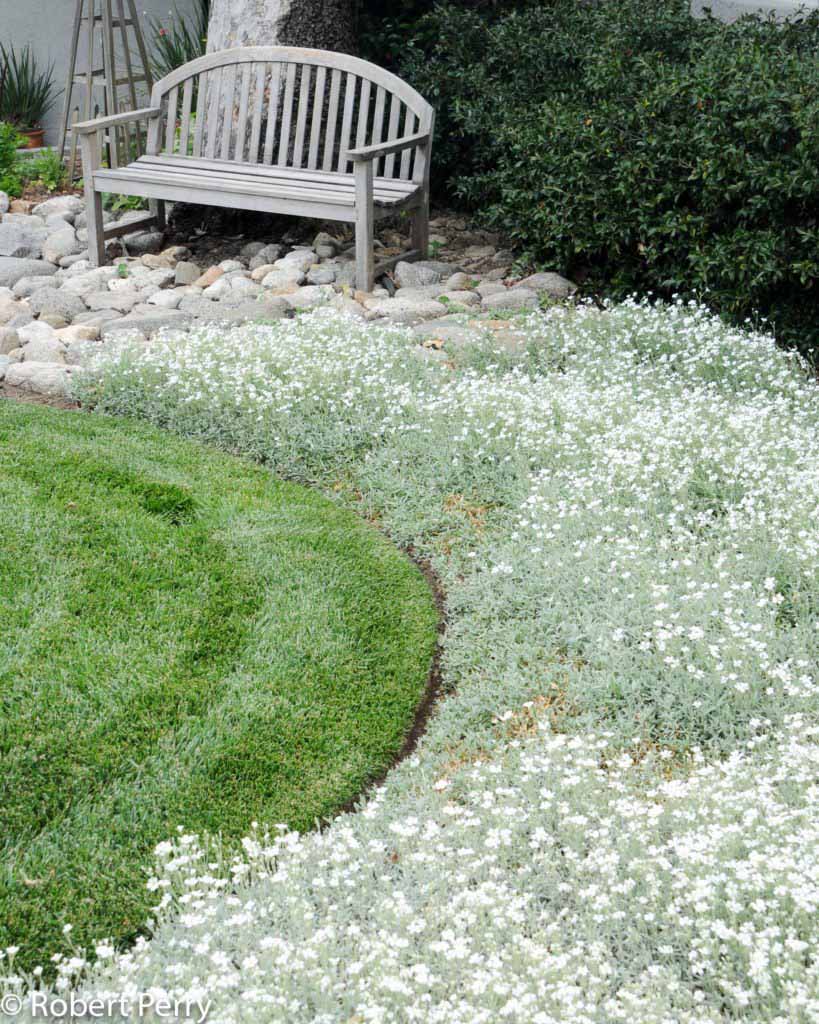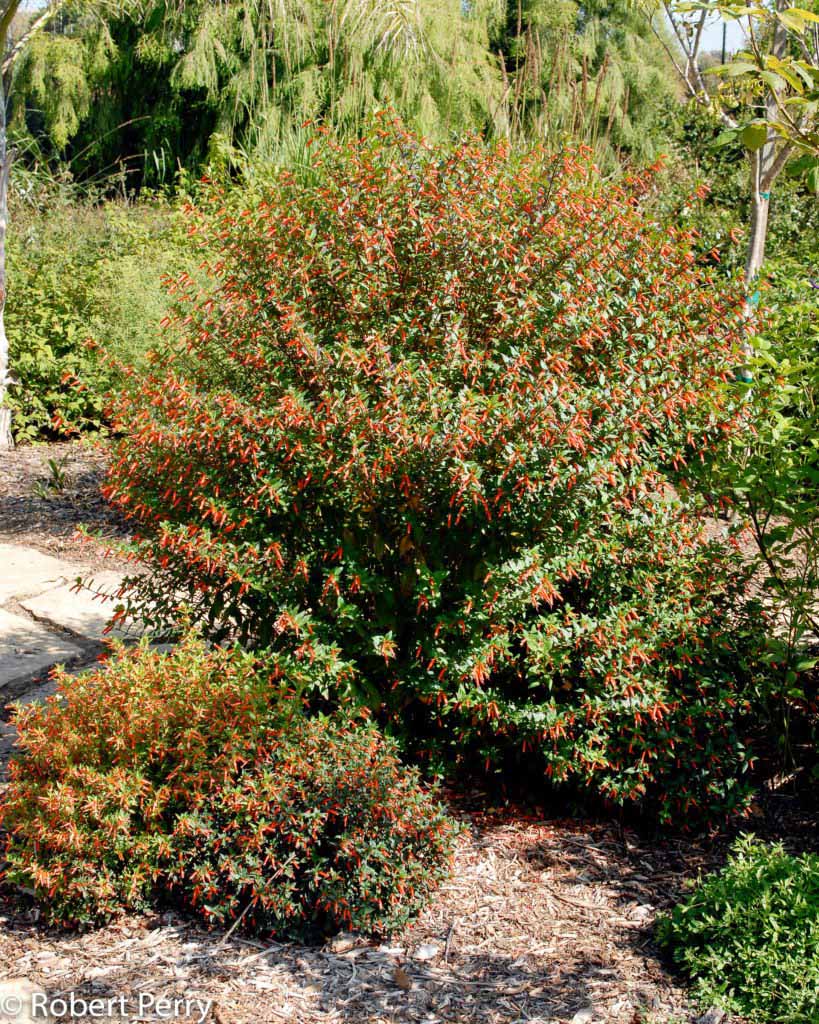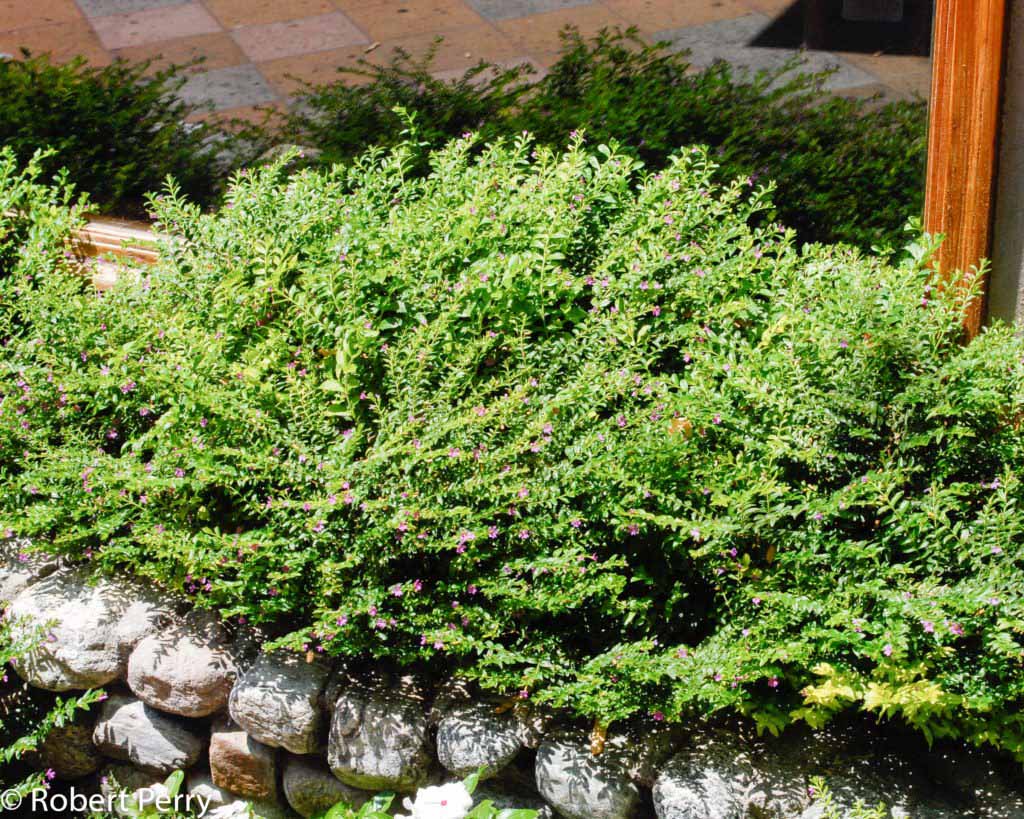Blue chalksticks
This small spreading succulent brings the color blue into garden plantings in bold and attractive ways. Foliage is comprised of short cylindrical stems; it commonly reaches 6-8 in. high and can spread 1-2 ft. wide. and more. Blue chalksticks is a ground hugging plant that draws attention and creates special interest throughout garden spaces. It […]
